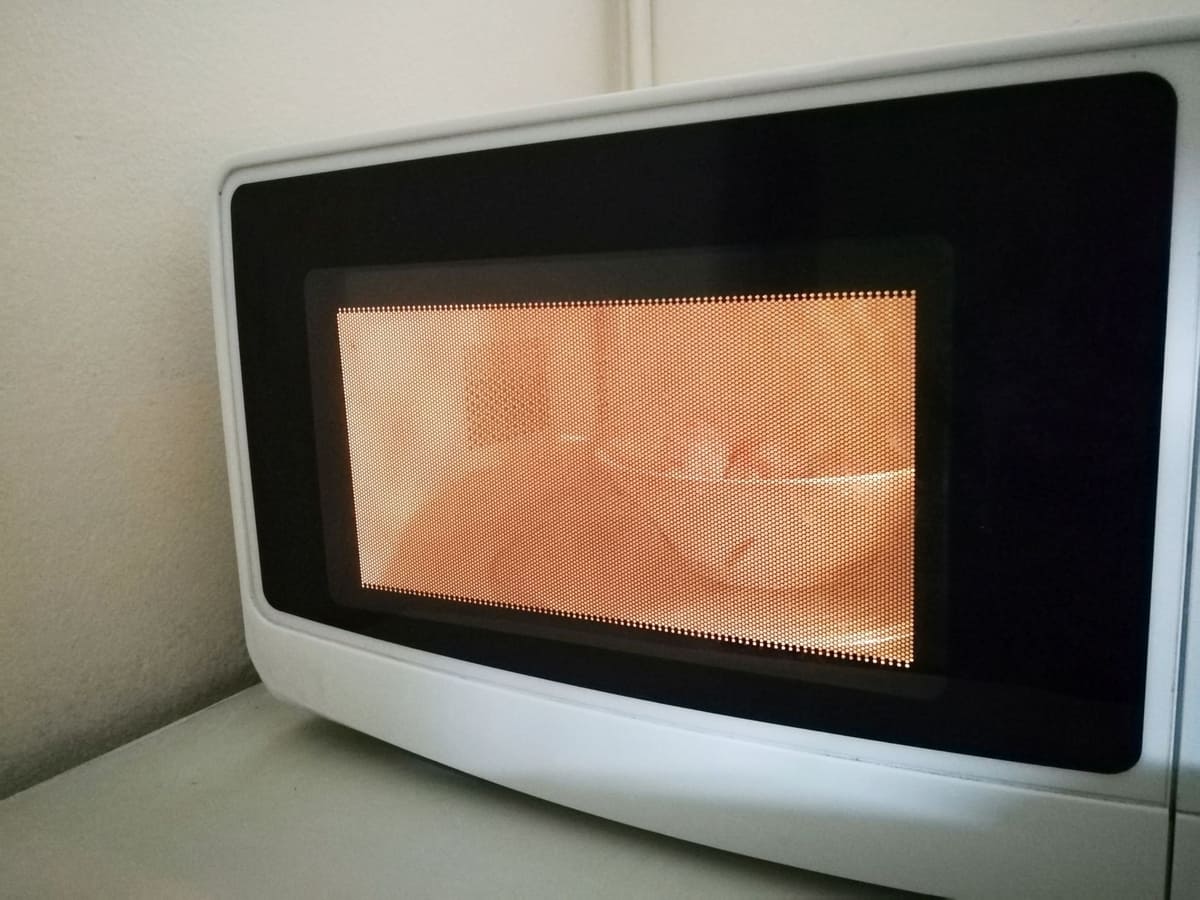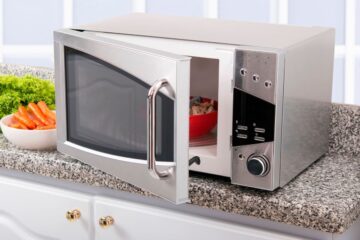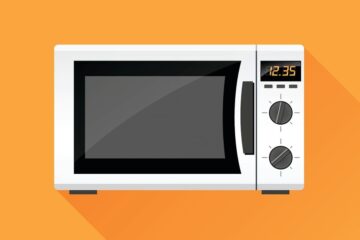Vintage Corelle dishes have become increasingly popular among collectors and enthusiasts. With their unique designs and durable construction, they are an excellent addition to any kitchen. However, as with any dishware, it is crucial to understand their safety when using them in the microwave. In this article, we will explore the safety of vintage Corelle dishes and provide you with all the information you need to determine whether they are safe to use in the microwave.
What is Vintage Corelle?
Vintage Corelle dishes are a type of dishware that was first introduced in the 1970s. They are made of a unique type of tempered glass that is lightweight, break-resistant, and durable. Unlike traditional glass dishes, Corelle dishes are designed to withstand thermal shock and can be used in the microwave and oven. They also come in a variety of unique designs that make them a popular choice among collectors.
Is Vintage Corelle Microwave Safe?
Microwave safety is a critical consideration when it comes to choosing dishware. When used incorrectly, certain materials can release harmful chemicals and toxins into your food, posing a significant health risk. Vintage Corelle dishes, like modern Corelle, are safe to use in the microwave as long as they are not damaged, cracked, or chipped. However, there are a few factors to consider when determining their safety.
Factors that Affect Microwave Safety
The safety of microwaveable cookware depends on several factors, including the type of material, the shape and size of the dish, and its condition. When it comes to vintage Corelle dishes, their safety is influenced by the age of the dish, the pattern, and any damage that may have occurred over time.
Comparison of Vintage and Modern Corelle regarding Microwave Safety
Vintage Corelle dishes are very similar to modern Corelle dishes regarding their microwave safety. Both are made from the same tempered glass and designed to withstand thermal shock. However, vintage Corelle dishes may be more prone to damage due to their age, making them more susceptible to microwave safety concerns.
Microwave Safety Standards and Testing for Corelle
When it comes to microwave safety, certain standards and testing procedures must be followed. In the United States, the FDA has established guidelines for microwaveable cookware, ensuring that any materials used are safe for consumers. Corelle also follows rigorous testing procedures to ensure the safety of their dishes.
Overview of Safety Standards for Microwaveable Cookware
The FDA requires that all microwaveable cookware is labeled as such and must comply with specific safety standards. The materials used in the cookware must be able to withstand high temperatures without melting, releasing harmful chemicals, or degrading in quality.
Corelle’s Testing Procedures for Microwave Safety
Corelle has a rigorous testing process that ensures their dishes are safe for use in the microwave. They conduct multiple tests to assess the safety and durability of their dishes, including thermal shock tests and microwave safety tests.
Results of Testing and Compliance with Safety Standards
Corelle dishes have been found to be safe for use in the microwave when used correctly. They comply with all FDA safety standards and are designed to withstand thermal shock and rapid temperature changes. Additionally, they have undergone rigorous testing to ensure their safety and durability.
How to Tell if Vintage Corelle is Microwave Safe?
Identifying whether a vintage Corelle dish is safe to use in the microwave can be challenging. However, there are a few tips and tricks to help you determine whether your dishes are microwave safe.
Identification of Vintage Corelle Patterns that are Microwave Safe
Certain vintage Corelle patterns are safe for use in the microwave, while others are not. To determine whether your dishes are microwave safe, you need to look for specific markings or labels on the dishes. Some of the vintage Corelle patterns that are microwave safe include:
- Old Town Blue
- Spring Blossom Green
- Butterfly Gold
- Snowflake Blue
- Woodland Brown
If your vintage Corelle dish has one of these patterns, it is likely microwave safe. However, it is important to note that not all dishes with these patterns are microwave safe, so you need to look for specific markings.
Tips for Determining the Age of Vintage Corelle
The age of your vintage Corelle dish can also determine whether it is microwave safe. The older the dish, the less likely it is to be microwave safe. To determine the age of your vintage Corelle dish, look for the following clues:
- Check for the manufacturer’s stamp on the back of the dish. If it says “Corning Ware,” it was made before 1972 and may not be microwave safe.
- Look for the year of production on the stamp. If it was made before 1992, it may not be microwave safe.
- Check the style of the dish. Vintage Corelle dishes that have a rounded or curved shape are less likely to be microwave safe than those with a more angular shape.
- Common Signs of Microwave Damage in Corelle
Even if your vintage Corelle dish is microwave safe, it can still become damaged if it is not used or cared for properly. Signs of microwave damage in Corelle include:
- Cracks or chips in the dish.
- Discoloration or dark spots on the dish.
- Bubbling or warping of the dish.
- The presence of sparks or flames in the microwave when the dish is used.
If your vintage Corelle dish shows any of these signs of microwave damage, it is no longer safe to use in the microwave.
Safe Use and Care of Vintage Corelle in the Microwave
To ensure that your vintage Corelle dishes remain microwave safe, it is essential to follow these best practices:
- Always use microwave-safe covers or lids when reheating food in your vintage Corelle dishes.
- Avoid using metal utensils or abrasive scrubbers when cleaning your dishes, as they can cause scratches or other damage that can affect microwave safety.
- Do not use your vintage Corelle dishes in the oven or on the stovetop, as they are not designed for these uses.
- Never use a damaged or chipped vintage Corelle dish in the microwave, as it can pose a safety risk.
- Always follow the manufacturer’s instructions for use and care of your vintage Corelle dishes.
Common Mistakes to Avoid when Using Vintage Corelle in the Microwave
To avoid damaging your vintage Corelle dishes and ensure their microwave safety, it is important to avoid these common mistakes:
- Overheating your dishes in the microwave can cause them to crack or break, so always use a lower power setting and shorter cooking times.
- Placing your dishes too close to the sides or corners of the microwave can cause them to heat unevenly, leading to damage or safety risks.
- Using your vintage Corelle dishes to cook or reheat foods with high oil or sugar content can cause them to become discolored or damaged.
Alternatives to Vintage Corelle for Microwave Use
If you do not have vintage Corelle dishes or are looking for alternatives for microwave use, there are several other microwave-safe materials for cookware. Some of the most popular options include glass, silicone, and ceramic. Each material has its pros and cons, so it is essential to research and compare the options to select the best one for your needs.
Conclusion
In conclusion, vintage Corelle dishes can be microwave safe, but it depends on various factors. It is essential to note that vintage Corelle patterns that are safe for microwave use may not have been intended for microwave use at the time of their production. However, the presence of specific markings on the dishes and the use of certain materials can determine their microwave safety.
If you are uncertain about the microwave safety of your vintage Corelle dishes, it is recommended to use alternative microwave-safe materials for cookware. However, if you have confirmed that your vintage Corelle dishes are safe for microwave use, there are a few best practices to follow. Always check for signs of damage and avoid stacking dishes in the microwave to ensure even heating.




